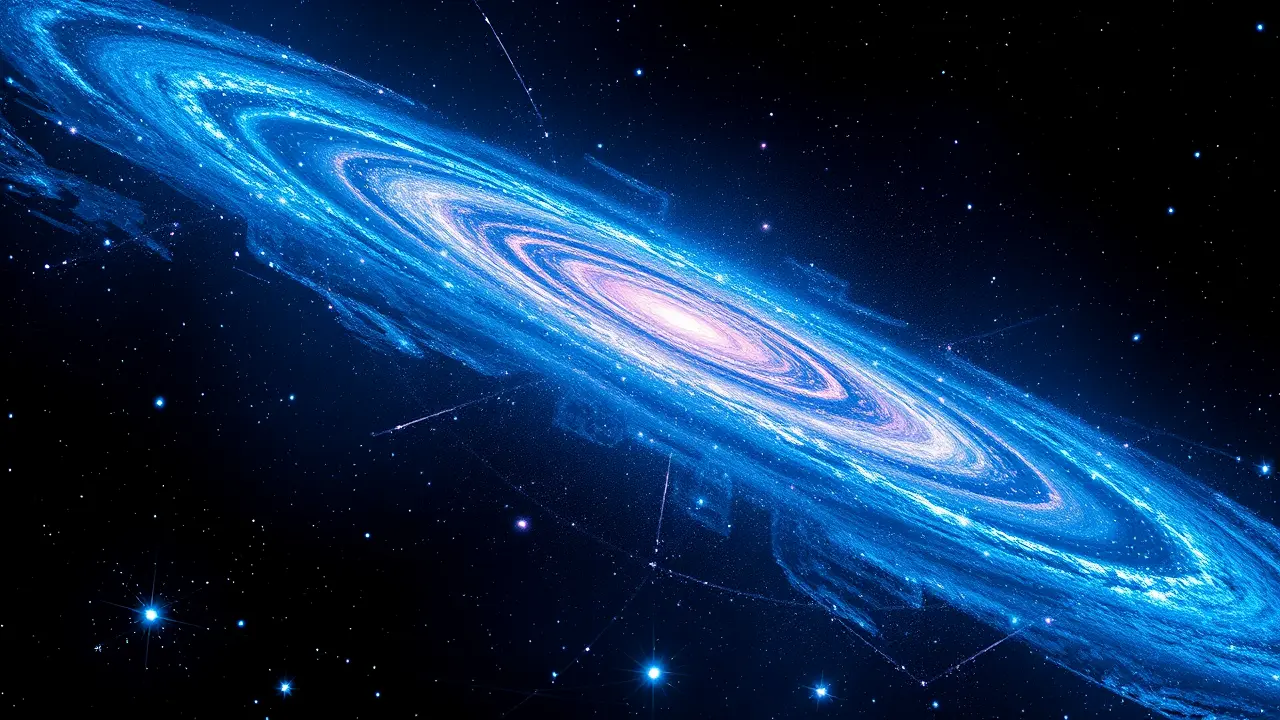Einstein’s overlooked idea could explain how the Universe really began
The story of our universe’s inception has long been dominated by the theory of cosmic inflation, a brief but explosive period of expansion immediately following the Big Bang that supposedly smoothed out the cosmos and planted the seeds for galaxies. But now, a team of researchers is challenging that established narrative with a bold new model that harks back to a largely overlooked idea from Albert Einstein himself, suggesting that the universe’s grand structure could be explained not by inflation, but by the fundamental interplay of gravity and quantum mechanics, driven by gravitational waves.Imagine the cosmos not with a sudden, inflationary shout, but with a resonant, gravitational hum—a primordial symphony conducted by the laws of physics alone. Their sophisticated computer simulations demonstrate that the intricate cosmic web of galaxies and the faint afterglow of the Big Bang, known as the Cosmic Microwave Background, can be elegantly accounted for by these two pillars of modern physics working in concert, effectively rendering the inflationary paradigm unnecessary.This isn't merely a tweak to the existing model; it's a profound philosophical shift that revives a century-old concept rooted in Einstein's general theory of relativity, where the fabric of spacetime itself, warped by massive objects, creates ripples that propagate as gravitational waves. In this revised genesis story, these waves in the very geometry of the universe could have been the primary sculpting force, organizing matter and energy into the vast structures we observe today, all without requiring an ad-hoc inflationary field.The implications are staggering, potentially offering a more parsimonious and unified explanation that bridges the chasm between the infinitely large described by general relativity and the infinitesimally small governed by quantum theory. Experts in theoretical cosmology are cautiously intrigued, noting that while the inflationary model has been remarkably successful in explaining key observations, it is not without its own conceptual puzzles, such as what triggered inflation and what the inflaton field actually is.This new proposal elegantly sidesteps those issues, grounding the origin in well-established, though not fully understood, physical principles. If validated by future observational data from next-generation telescopes like the Laser Interferometer Space Antenna (LISA), which is designed to detect low-frequency gravitational waves, it could fundamentally rewrite the first chapter of our cosmic history.It paints a picture of a universe born not from a singular, inexplicable event, but from a dynamic, self-organizing process dictated by its own inherent laws—a vision that Einstein, with his deep-seated belief in a rational and comprehensible cosmos, would have undoubtedly found beautiful. This is the kind of paradigm-shifting idea that reminds us how much we have yet to learn about the grandest stage of all, and how the echoes of a genius's past insights can still illuminate the path to a deeper understanding of reality.
It’s quiet here...Start the conversation by leaving the first comment.
© 2025 Outpoll Service LTD. All rights reserved.
